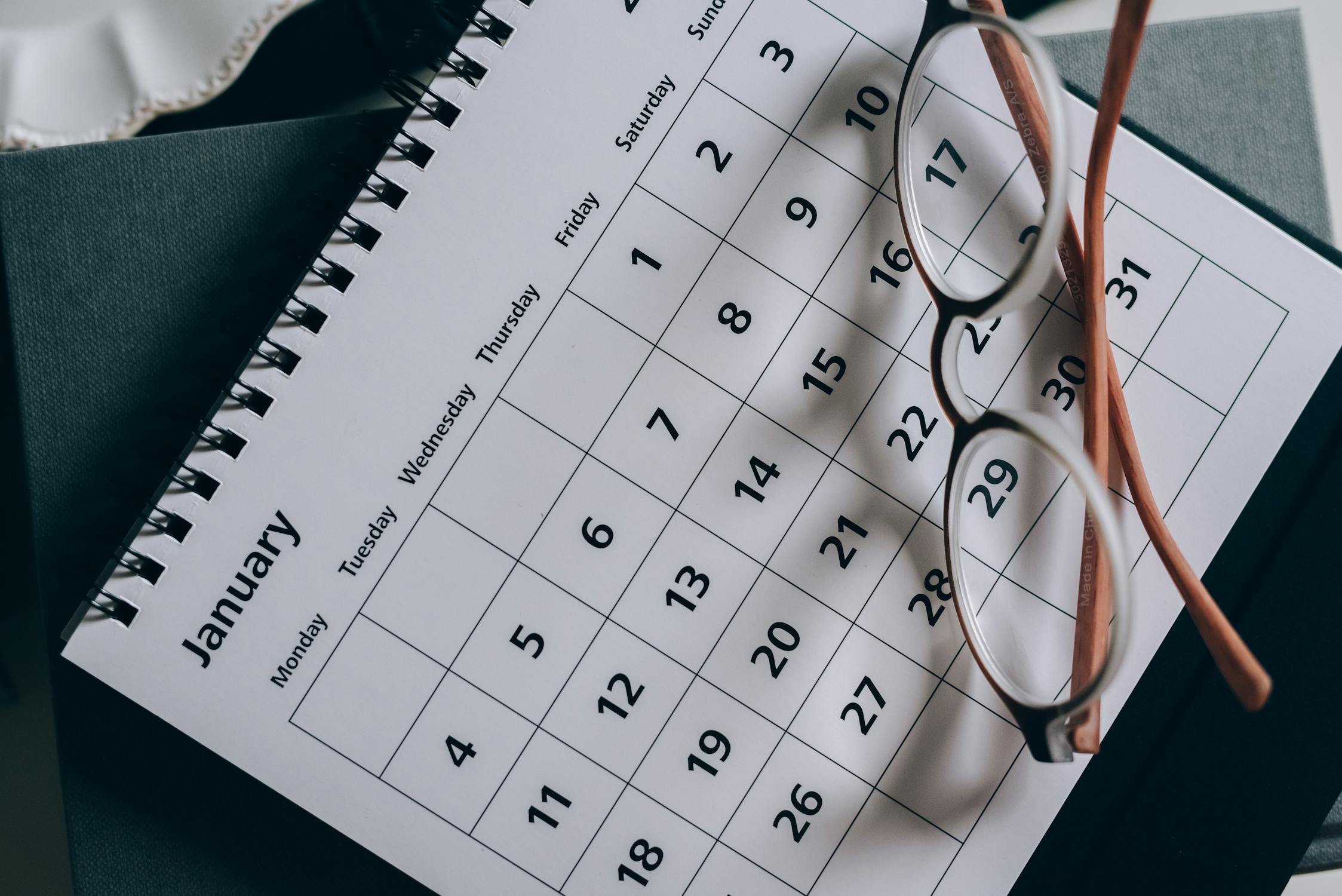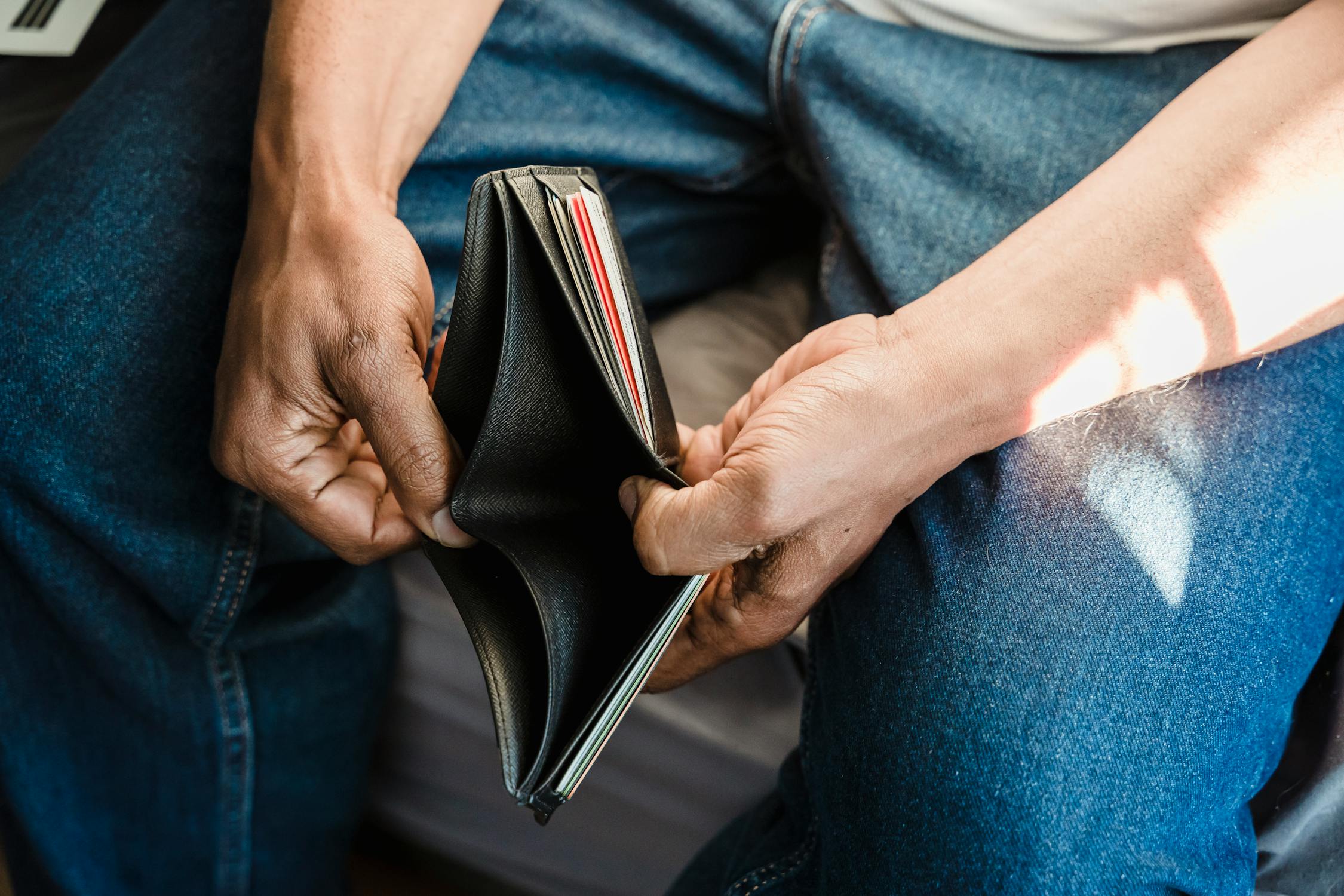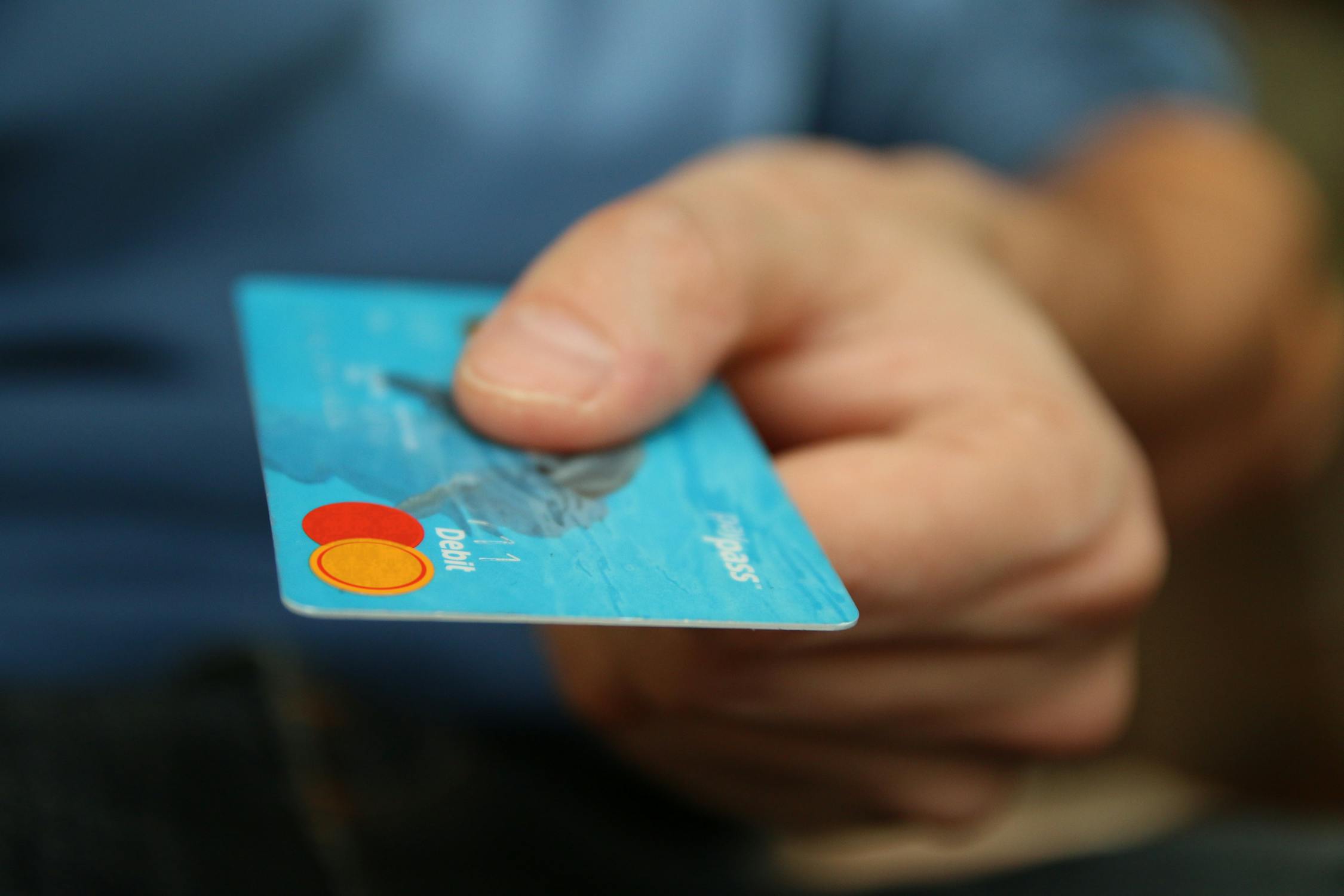If you’ve ever wondered how much money to keep in your checking account, you’re definitely not alone. It’s one of those financial questions that doesn’t always have a clear answer, but it matters a lot more than most people realize. Life comes with all kinds of expenses, both planned and completely random. From paying rent or your phone bill to covering an unexpected car repair, your checking account is usually the first place you pull money from. There’s nothing more stressful than swiping your debit card and hoping there’s enough in your account to cover it.
Maybe your paycheck is delayed. Maybe your kid suddenly needs new sneakers or the dog eats something weird and ends up at the vet. Even little surprises, like a forgotten subscription or a birthday gift you didn’t budget for, can throw your balance off. That’s why keeping the right amount in checking is so important. Too little and you risk overdraft fees or late payments. Too much and your money sits there earning zero interest. This article breaks down expert advice on how to find that perfect middle ground so your checking account can actually work for you, not against you.
Start With the One-Month Rule

Many money professionals suggest starting with the “one-month rule.” That means keeping enough in your checking account to cover one full month of expenses. Rent or mortgage, groceries, gas, utilities, and your phone bill all count. For example, if your monthly spending is $3,000, that’s what you should try to keep in your account. It helps you stay afloat between paychecks without constantly checking your balance. You won’t have to panic about overdrafts or delays in direct deposit. Even if you’re not there yet, aim for a number that feels safe. Start small and build gradually. Having this base makes budgeting much easier. It also gives you peace of mind during emergencies.
Pay Schedule Matters More Than You Think

How often you get paid plays a big role in how much to keep in checking. If you’re paid weekly, you may not need a large balance at once. But if your paycheck only comes once a month, that’s a different story. You’ll want to make sure the money lasts until your next deposit hits. Colleen McCreary, a financial wellness advocate and former Chief People Officer at Credit Karma, recommends a buffer. “You should aim to have enough to cover your monthly expenses, plus a 30 percent cushion,” she told CNBC. That extra cushion helps with unexpected costs or late deposits. If your income is irregular, it’s smart to pad your balance even more. You want your account to absorb surprises, not get wrecked by them.
Don’t Let Extra Cash Just Sit There

While it’s good to have enough in your checking account, too much can actually work against you. Most checking accounts don’t earn interest, so money just sits there doing nothing. If you’ve got thousands beyond your needs, consider moving the extra. High-yield savings accounts are great for this and can earn you some passive income. For example, $5,000 in a savings account earning 4 percent interest can grow over time. McCreary warns that “you don’t want to keep so much cash in your checking that you miss out on interest.” Make your money work while you sleep. A good system is to move anything above your monthly needs and cushion into savings each month. It keeps your checking lean and efficient.
Avoid Overdrafts with Simple Tools

Overdraft fees are sneaky and expensive. In 2023, Americans spent almost $6 billion on them. The easiest way to avoid this is to always have enough in your account. But accidents still happen. That’s where overdraft protection can help. Most banks let you link a savings account or credit card to your checking account. If your balance dips too low, money is pulled from the backup instead of charging a fee. Some apps also send low-balance alerts straight to your phone. Taking five minutes to set these up can save you hundreds. The more control you have, the fewer surprises you’ll face.
Read More: Half of U.S. Families Spend $18,000 a Year Supporting Adult Kids Financially.
Match Your Balance to Your Lifestyle

Everyone spends money differently, so your ideal checking account balance should match your lifestyle. If you use your debit card for most purchases, a higher balance makes sense. But if you mostly charge expenses to a credit card and pay it off monthly, you may not need as much in checking. Parents might want extra cushion for surprise school or daycare costs. Travelers should keep enough for last-minute bookings or flight changes. Even things like dining out or subscription services affect your ideal balance. Review your past three months of statements and look at the trends. Then decide what amount gives you breathing room. The goal is to fit your balance to your habits, not just a generic number.
Keep Savings in a Separate Spot

It’s easy to spend money when it’s all in one account. That’s why keeping your savings separate from checking is such a smart move. Your checking account should be for paying bills and handling everyday spending. Emergency funds, vacation money, or anything long-term should live in a savings account. This separation helps you resist the urge to dip into funds meant for bigger goals. You can also automate transfers, like $50 a week into savings. That way, you’re building a safety net without thinking too hard. Many banks offer “round-up” features that send your spare change into savings automatically. When money is out of sight, it’s easier to let it grow.
Watch Out for Account Fees

Not all checking accounts are created equal. Some banks charge monthly fees if your balance drops below a certain amount. These fees can sneak up on you and eat away your funds. Always check the fine print when opening a new account. Look for terms like “minimum daily balance” or “direct deposit requirement.” If you’re not meeting these, switch to a no-fee or low-fee account. Online banks often have better terms and even offer interest on checking balances. McCreary encourages people to shop around. “You don’t have to stick with the first account you opened. Find one that actually works for you.” Your bank should be helping you, not charging you just for using your own money.
Do a Weekly Balance Check

You don’t need to obsess over your checking account, but it helps to check in once a week. A quick look can catch problems early, like double charges or small subscriptions you forgot about. You’ll also stay in tune with your spending patterns. If your balance is creeping higher than usual, move the extra to savings. If it’s dropping too fast, figure out what changed. Most banking apps make it super easy to log in and take a glance. Think of it like brushing your teeth- just a regular habit to stay healthy. It only takes five minutes but can save you from stress later. Regular attention leads to better money choices.
Conclusion: The Right Balance Keeps You in Control

There is no one-size-fits-all answer for how much to keep in your checking account, but experts agree on a good starting point. Try to keep at least one month’s worth of expenses in your checking account. You can also add a buffer based on how often you get paid and your spending habits. Consider moving any extra money into a savings account that earns interest. Use tools like overdraft protection and alerts to avoid surprise charges. It’s also smart to keep your savings separate from your checking account to prevent overspending. With a few simple adjustments and regular check-ins, you’ll be in better control of your finances. Your checking account should be a tool that helps you, not a source of stress. Small, consistent habits now can have a big impact later.
Read More: Husband Discovers Wife Has a Secret Savings Account and She Says He Has ‘No Right’ To Her Money

